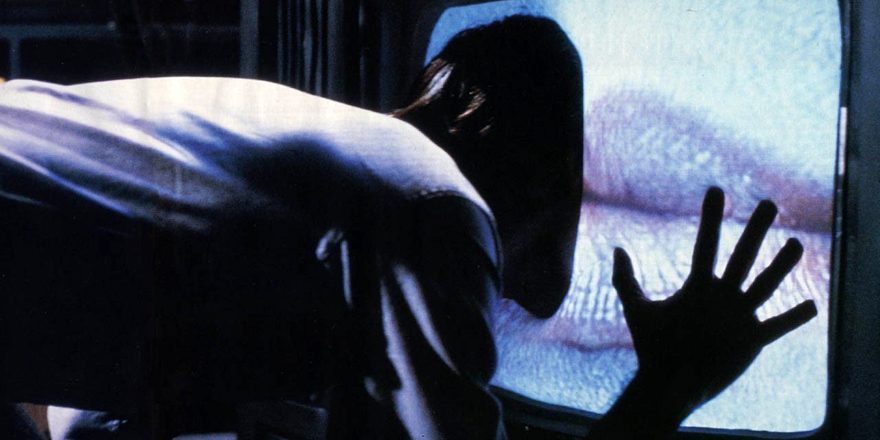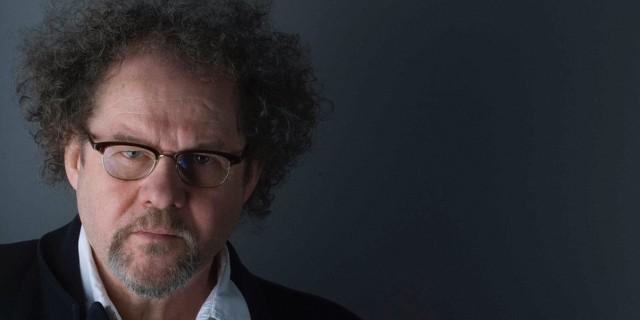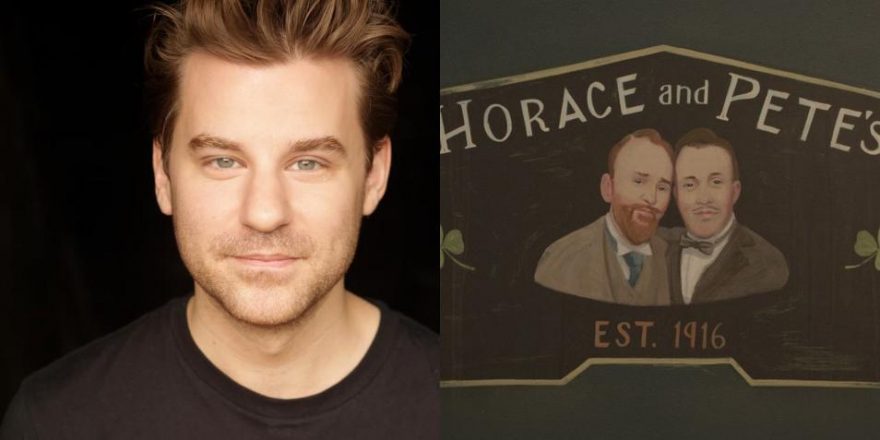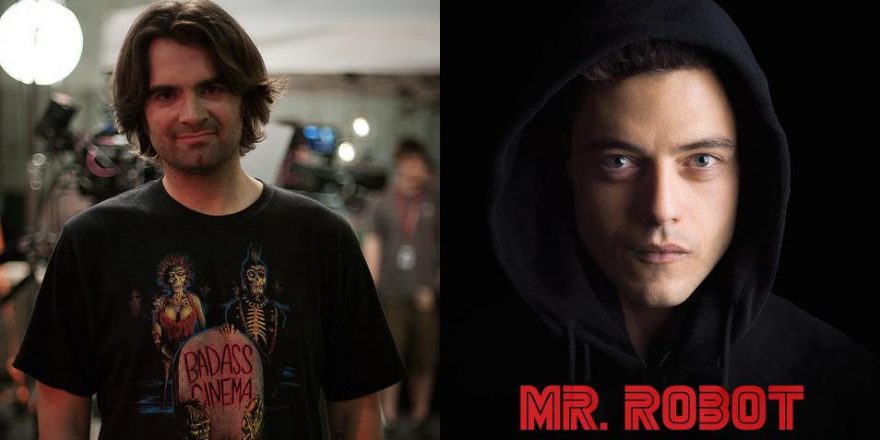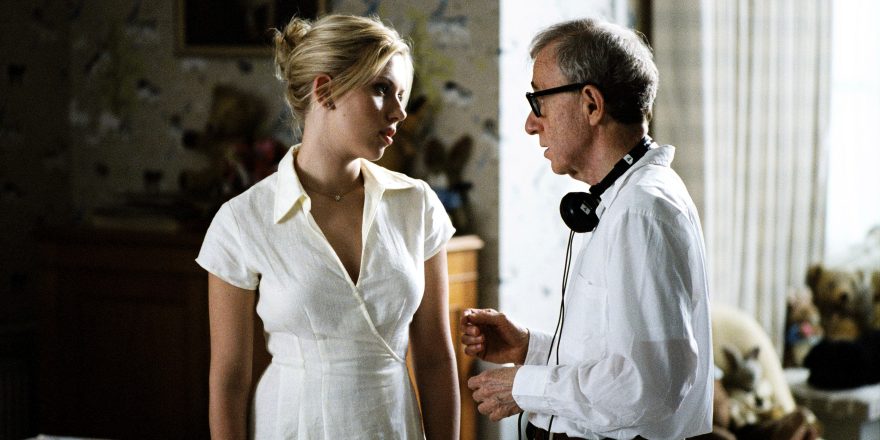A few years ago I was in Bodhi Tree, the late, lamented New Age bookstore on Melrose. It was a place where the paparazzi stalked outside at 10 a.m. on a Wednesday, because Jessica Alba was inside buying some sort of Buddhist charm bracelet. Bodhi Tree specialized mostly in New Age works, but hey — they had a great philosophy section (always got the new Žižeks in first) and a wonderful used bookstore in the back that had old, out-of-print Cesare Paveses and Henry Roths and Sartre anthologies you didn’t know existed. All gone now, but right before they closed up shop, a seventy-something hippie lady asked about the artist I was mentioning to a friend — Luis Buñuel. “Didn’t he do some movie with Salvador Dalí about slicing an eyeball? I saw that projected in a barn in Berkeley 50 years ago, never seen it since!”
In a jiffy, I called the movie up on my phone and showed it to her. It was like one of those moments where an old, fogged-in person hears their favorite song of 1929 on earbuds and a light goes on as never before! The hippie lady rewatched Un Chien Andalou on my phone and had a rapturous recapture of lost time! Ecstasy, right?
We live in a free-range swim of content now. Avant-garde shorts and YouTube “deboxing” videos, 60-hour binge-worthy narratives and chic Nicolas Winding Refn perfume ads coexist in a radical form of un-hierarchy: we are all omnivores now.
And yet, there is a great deal of conversation now about the hierarchy of things. In particular, there is a lot of talk about why though it seems television is catching up with, and even speeding ahead of, film. Well, in fact, cinema still rules. Its epic physical scope; its director-centeredness; its music-like appeal to the unnameable center of the brain … TV can’t nearly keep up, can it? Sure, they have nice actors and sometimes crackly dialogue. But the walls are beige, the camera rarely moves, and the whole thing is kind of a writer-first affair, like dingy, drab, painfully “real” fifties theatre.
(The film critic who may be the strongest currently working, the New Yorker’s Richard Brody, sums up the whole situation here. )
There has been much toggling and tussling back and forth about whether TV is better than cinema or cinema better than TV … but what I’d venture is that the old lady at the Bodhi Tree’s experience is pretty close to the default position for most viewers, young and old, rich and poor. It’s a giant stream.
I would venture to say that for someone, oh, 20 years old or younger, the old partitions of “movies” and “television” and “web content” and so on, don’t really exist. For them, it’s like telling someone with a cold, “That’s not a bacteria, it’s a virus.” It’s all the same, babe. The lines separating the different moving-picture artifacts don’t hold.
Listen, there is nothing like the theatrical experience of a movie. For movie lovers, it’s an event that — like a Prince song — evokes coitus and religious ceremony at once. Even with a bad print … a bad movie … a bad audience, magic happens. I am part of a strange coterie of people: in Los Angeles, there is currently a renaissance of repertory cinema. And so, from one night to another, one sees the same haunted, entranced, often zombie-looking people, drifting from museum to grindhouse, all to see great works in a room with other living souls. Doesn’t have to be a great room. Doesn’t have to be a lively crowd. It’s just the act of being there.
That said, the revival-house zombies share something in common with soccer moms and special-snowflake teenagers. Outside of the temple-like movie palace, they also consume content on phones and laptops, on shabby little TVs and giant molecularly perfect flatscreens that look and sound better than most movie theaters. Literally everyone who consumes moving pictures does this, even people who fulminate about the greatness of celluloid over video. (Seen a movie print fall apart in the projector lately? You may change your mind about DCPs.)
Time was, movies were painterly and kinetic and sensorily overwhelming, they were works of visual art. TV was ugly and flat and essentially un-directed, perfect to be screened on a home appliance sitting against a wall. TV was not to be engaged with as passionately as a movie, it was something to wash over you to kill the time. There’s a reason it’s the thing people zone out to in rest homes as they die.
But now … well, I won’t say the two have changed places, but they have certainly mixed. Take a look at the eminently binge-worthy Starz series The Girlfriend Experience, based on Steven Soderbergh’s movie: its central section, visually inspired by Alan J. Pakula’s and Gordon Willis’ paranoid neon parking lots of the seventies — with the heroine’s law-firm panic attack taking up not one, but two real-time episodes — is more cinematic, maybe, than anything I’ve seen this year. The panic-attack section one can easily imagine playing to a gasping crowd in a theater, just as one would react to a punch-in-the-face movie scene. (Imagine the classic Hank-gets-the-video episode of Breaking Bad playing in a movie theatre…wouldn’t that be better than that moment when you screamed out “OH MY GOD!” in your living room?)
Conversely: do the movies that Bret Easton Ellis recently cited in a podcast as proof of the cinematic-ness of cinema — stuff like Mission: Impossible – Rogue Nation and the Jeremy Renner Bourne Legacy — really seem all that cinematic? They’re big, they’re loud, they feature hunky guys jumping in diagonals across the screen — but is that it? That’s “cinematic” and Mad Men isn’t because it features quiet people staring into space?
The fact is, there is a glorious democratizing. Once upon a time, watching “a short film” or “a foreign film” or “an old movie” was a quirky, minority, wildly far-from-the-crowd proposition. Now, in the blinding blizzard of content that makes up our daily bread, those things don’t seem so weird. Nor does a season of a long-cancelled TV show … and the formal elements that mark these things apart from each other start to melt away, or, at least, not seem so important. It doesn’t even seem peculiar to say that the best movie in 2016 thus far is a commercial by Spike Jonze. At this point, the only people I see defending the primacy of film are film critics. They view this dissolving of boundaries as a kind of cultural plague … but don’t Cronenberg movies teach us that disease is really a form of evolution?



